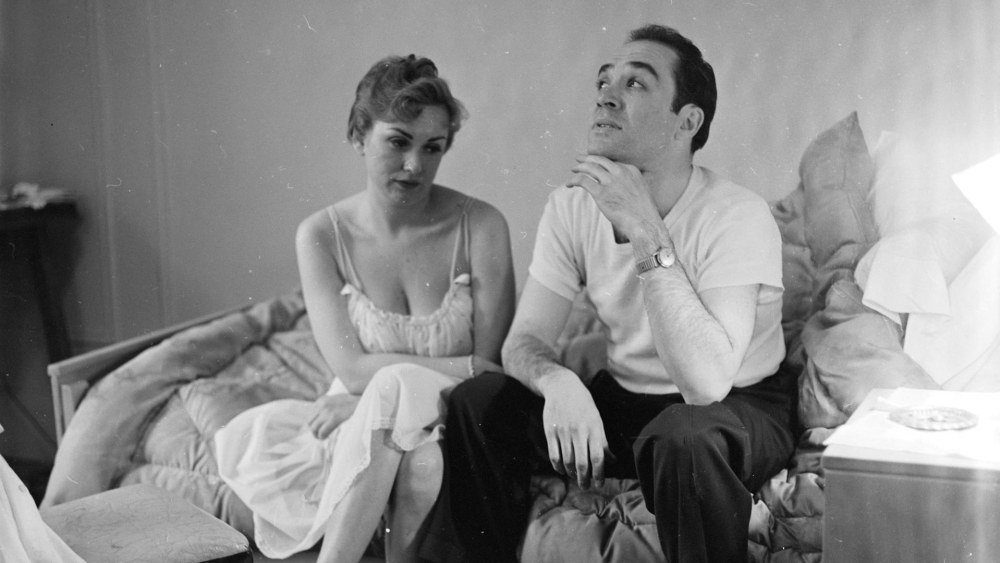By Lisa Green
We live in a time of roiling social discord. Thanksgiving, once an opportunity for touch football and carb-induced naps, is now a politically charged family minefield. Real-life friendships disintegrate under pressure on social media. And the days of civil public discourse and bipartisanship seem distant, indeed. With so much cultural finger-pointing and political name-calling, it would stand to reason that American marriages would be in danger, too. Surely some of that toxicity must be spilling over into the home?
Think again.
Divorce lawyers, and the sociologists who carefully examine their clients, say the state of American marital affairs is far more complicated. Younger couples are marrying later in life, with the median age at marriage rising over the past two decades, from 26.8 for men and 25.1 for women in 2000 to 29.8 for men and 28 for women in 2019. Older Americans, with one eye on Match.com and the other on their Social Security checks, are responsible for a spike in divorce, according to census data. Same-sex marriages, newly legal nationwide, are also producing some surprising trends.
Clearly, the long-accepted narrative — that about half of U.S. marriages end in divorce — no longer holds. And contrary to public perception, data from the Centers for Disease Control and Prevention show the divorce rate in the U.S. has been declining for decades after a peak in 1980, with the drop especially pronounced among younger couples.
We live in a time of roiling social discord. Thanksgiving, once an opportunity for touch football and carb-induced naps, is now a politically charged family minefield. Real-life friendships disintegrate under pressure on social media. And the days of civil public discourse and bipartisanship seem distant, indeed. With so much cultural finger-pointing and political name-calling, it would stand to reason that American marriages would be in danger, too. Surely some of that toxicity must be spilling over into the home?
Think again.
With so much cultural finger-pointing and political name-calling, it would stand to reason that American marriages would be in danger, too.
Divorce lawyers, and the sociologists who carefully examine their clients, say the state of American marital affairs is far more complicated. Younger couples are marrying later in life, with the median age at marriage rising over the past two decades, from 26.8 for men and 25.1 for women in 2000 to 29.8 for men and 28 for women in 2019. Older Americans, with one eye on Match.com and the other on their Social Security checks, are responsible for a spike in divorce, according to census data. Same-sex marriages, newly legal nationwide, are also producing some surprising trends.
Clearly, the long-accepted narrative — that about half of U.S. marriages end in divorce — no longer holds. And contrary to public perception, data from the Centers for Disease Control and Prevention show the divorce rate in the U.S. has been declining for decades after a peak in 1980, with the drop especially pronounced among younger couples.

But that doesn't mean marital conflicts are becoming a thing of the past. For one thing, political strife is alive and well. Perhaps inevitably, the president of the United States has extended his reach into America's bedrooms. "I call it the new Trump divorce," says Jim McLaren, a family and divorce lawyer in Columbia, South Carolina, who is past president of the American Academy of Matrimonial Lawyers. "I've had a few cases where one spouse says: 'I was married to a reasonable human being, and one day I woke up and she or he is now a Trumper. I significantly disagree with everything Trump stands for, and I can't stay married to that person.'"
Meanwhile, many millennials and some members of Generation Z — people in their 20s and 30s — are taking marriage very seriously, indeed. While the perception of these generations often skews toward tired stereotypes of woke, label-less complainers, data suggest they are evaluating their marital prospects just as soberly as their parents did — perhaps even more so. These couples are waiting longer to marry, are more selective in their choices of partners and view marriage as a confirmation of the social status they've already achieved academically and professionally.